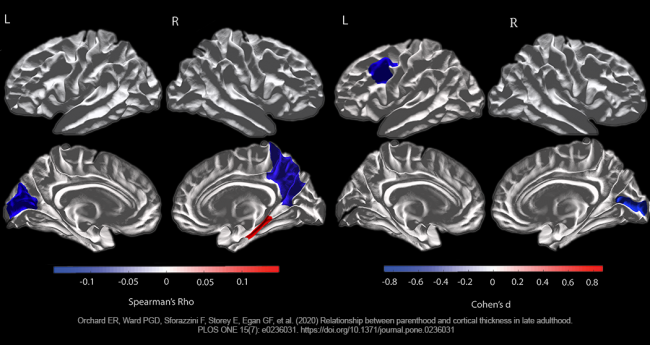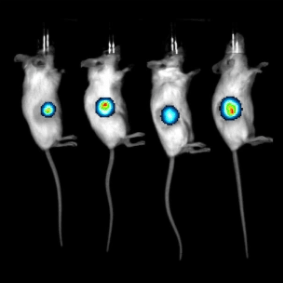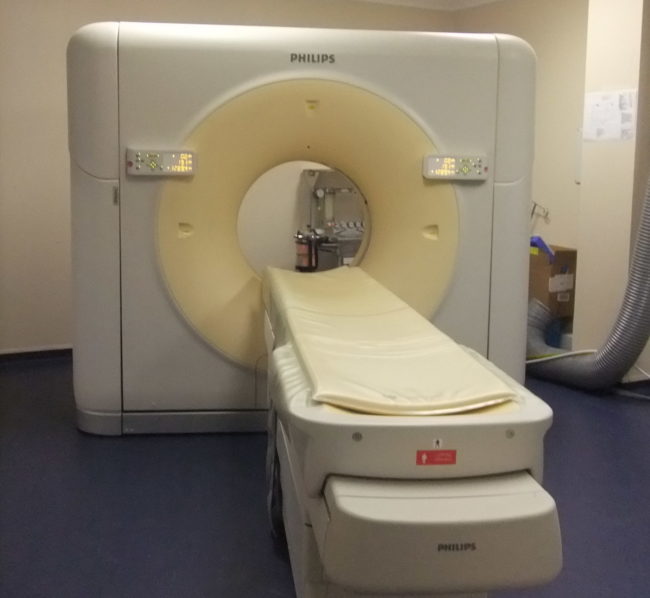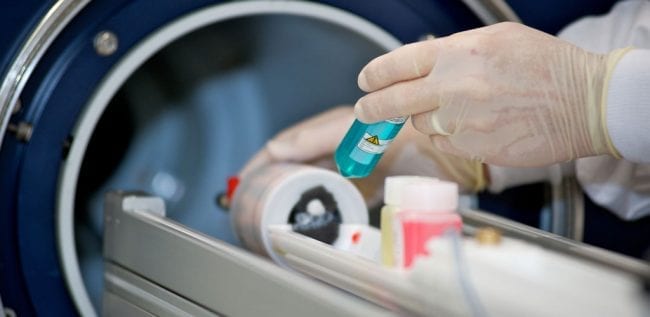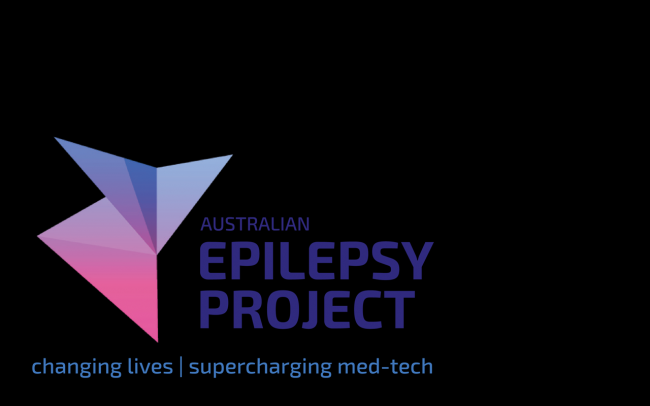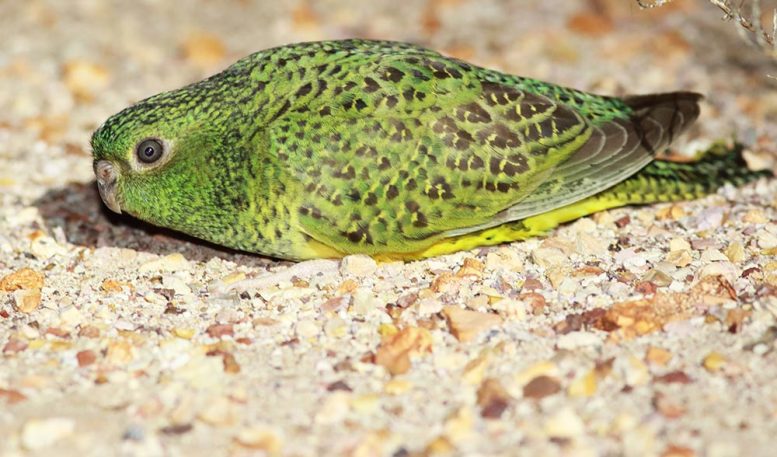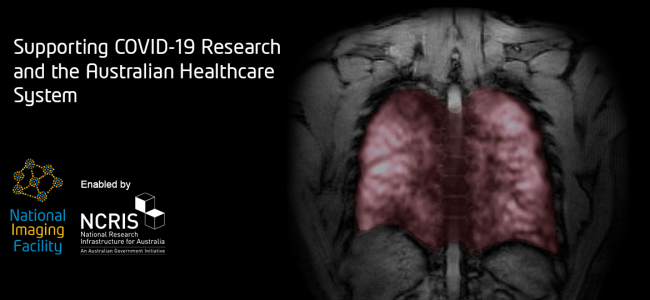NIF is helping Inflazome in the development of drugs for the treatment of Parkinson’s disease
Inflazome Ltd., a biotech start-up company founded in 2016, has been focusing on development of oral NLRP3 inflammasome inhibitors to address unmet clinical needs in a wide variety of inflammatory and neurodegenerative diseases. Inflazome was acquired in 2020 by Roche for EUR 380 million, highlighting the value of translational research activities.
Studies undertaken at the QLD Node of NIF have assisted the understanding of Inflazome’s portfolio of inflammasome inhibitors and helped drug candidates created by Inflazome proceed to clinical trials. Preclinical PET/MR, PET/CT, and radiotracer production were used to test specific critical components of the innate immune system in animal models of Parkinson’s disease and neuroinflammation.
These works were undertaken as a research collaboration led by Prof Matt Cooper from Inflazome with animal models provided by Prof Trent Woodruff and Dr Eduardo Albornoz from The School of Biomedical Science at The University of Queensland. Preclinical Imaging was performed by Dr Karine Mardon and Dr Gary Cowin from the QLD NIF Node at The Centre for Advanced Imaging.
This story was contributed by the QLD NIF Node. For more information, please contact Dr Karine Mardon or Dr Gary Cowin






